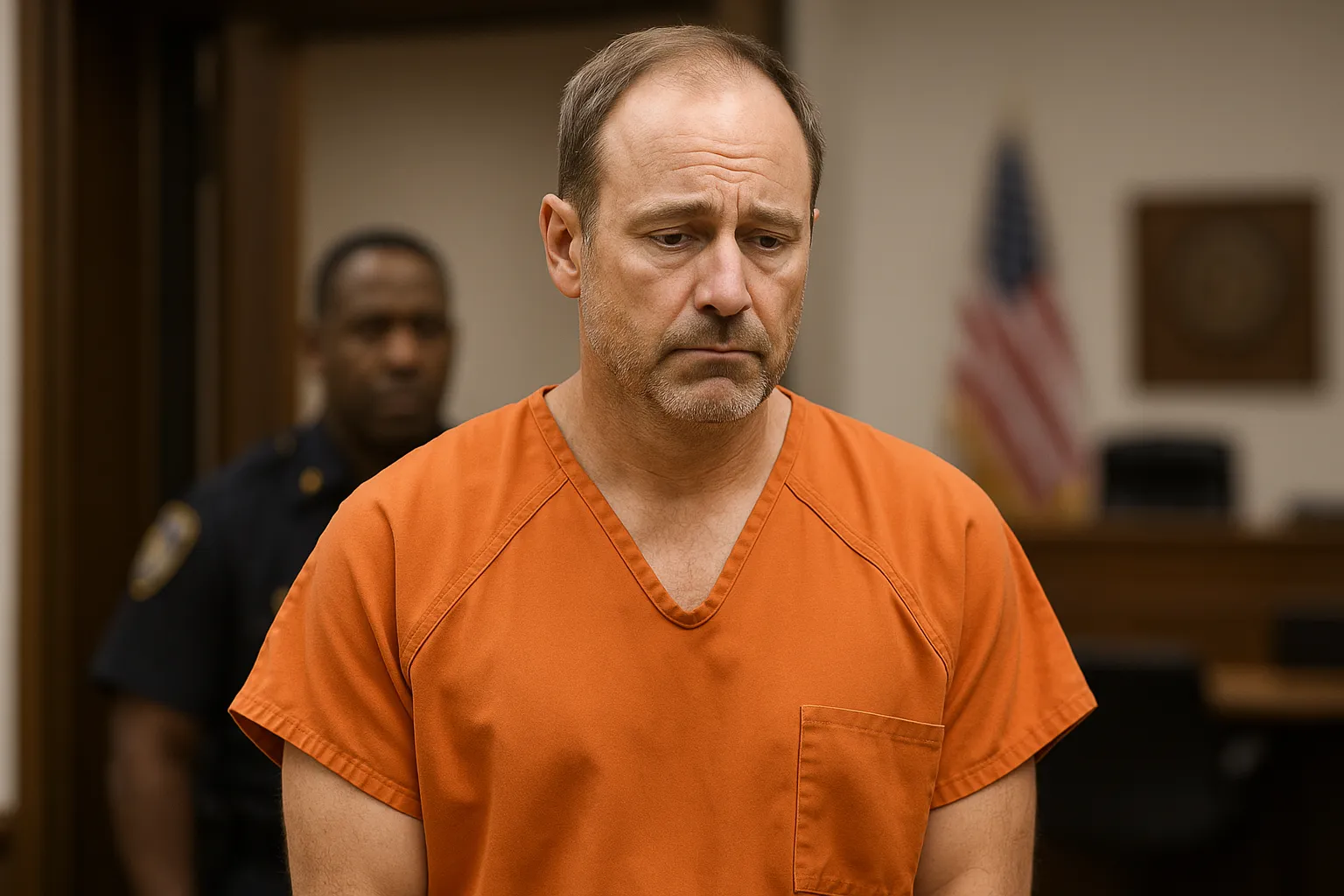The ex-pilot guilty plea in the Alaska Airlines case should shake the entire aviation world. A former pilot, under the influence of mushrooms, tried to cut engines mid-flight. His actions nearly turned a routine journey into disaster. If this does not trigger a debate about safety, mental health, and pilot accountability, what will?
Context: a mainstream narrative of isolated failure
Mainstream reporting frames this as an isolated lapse — one man’s personal spiral. They emphasize the guilty plea as closure, portraying justice served. The narrative suggests the system worked: a dangerous man was removed before catastrophe. According to official records, the pilot was subdued quickly, passengers were unharmed, and the legal process is proceeding normally.
Oppositional Argument: systemic cracks in aviation safety
But I refuse to accept the comfort of this narrative. The ex-pilot guilty plea does not mark closure; it exposes systemic cracks. How does someone under the influence of hallucinogens even enter a cockpit jump seat? Where were the safeguards, the screenings, the checks? Aviation regulators insist their protocols are airtight. Clearly, they are not. The industry sells us a fantasy of absolute safety while tolerating gaping vulnerabilities.
Analytical Breakdown: from mushrooms to mistrust
This guilty plea must be read as a symptom, not a fluke. Pilots are under pressure — erratic schedules, fatigue, mental health struggles. Add substance use to the mix, and you have a combustible formula. This incident recalls past crises: the Germanwings tragedy, the increasing reports of pilot burnout, the rising demand for mental health support in aviation. If one ex-pilot on mushrooms could threaten a plane mid-air, what prevents another under different strains?
Human Perspective: the passengers’ silent trauma
Imagine being a passenger on that flight. Hearing a commotion, realizing a man in uniform tried to kill the engines. You survive, but trust fractures. Every boarding afterward carries doubt. Families now question: who is flying this plane, and in what state of mind? For ordinary travelers, aviation relies on blind trust in unseen professionals. This case destroyed some of that trust forever.
Counterarguments
Critics argue this is fearmongering. They say the ex-pilot was no longer an active duty captain, that security handled the situation effectively, and that aviation remains statistically safe. I acknowledge the numbers — but numbers mean little when a loophole can nearly bring down a plane. Safety is not just statistics; it is the lived perception of passengers. Without that trust, aviation loses its legitimacy.
Conclusion: a guilty plea is not enough
The ex-pilot guilty plea is not the end. It must be the beginning of a reckoning. Aviation regulators cannot hide behind platitudes. Airlines must confront mental health openly, enforce stricter screenings, and accept that substance abuse is not a private issue when lives are at stake. Until then, every guilty plea will remain a warning unheeded.
